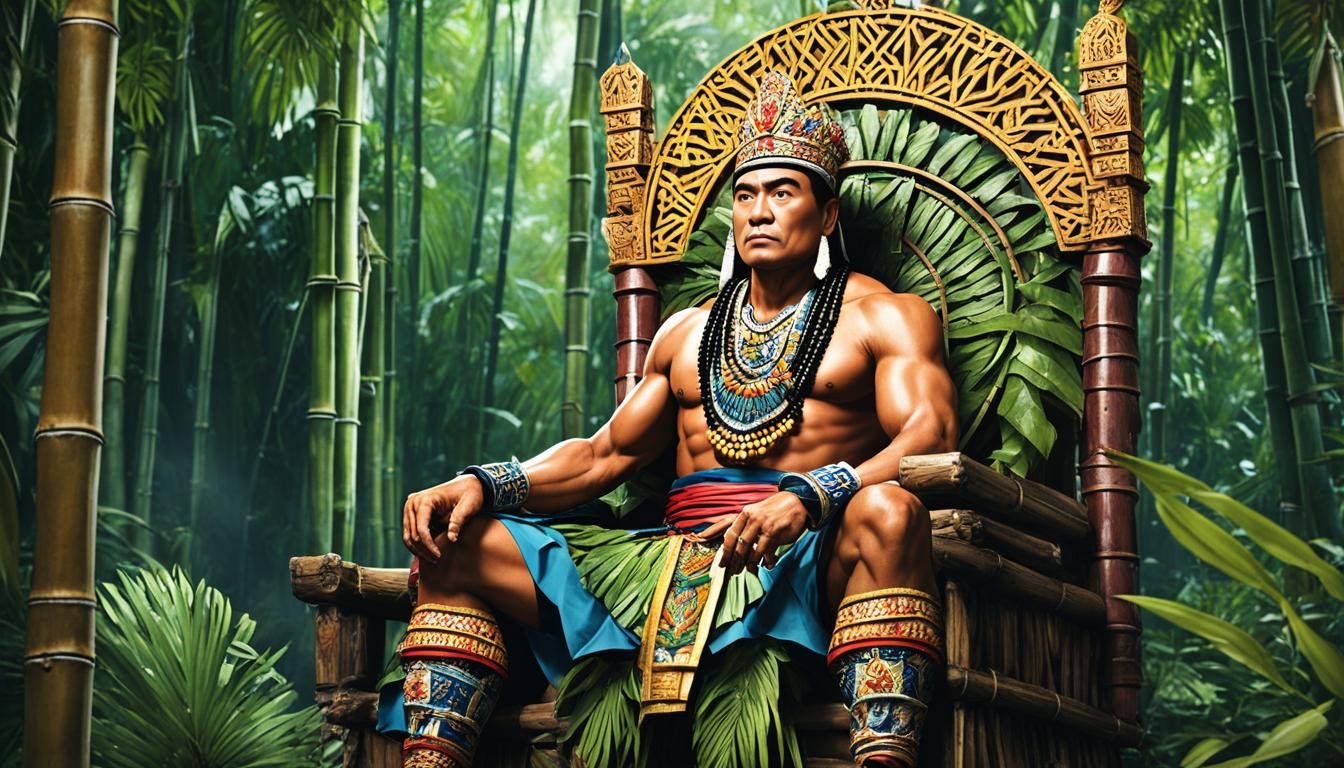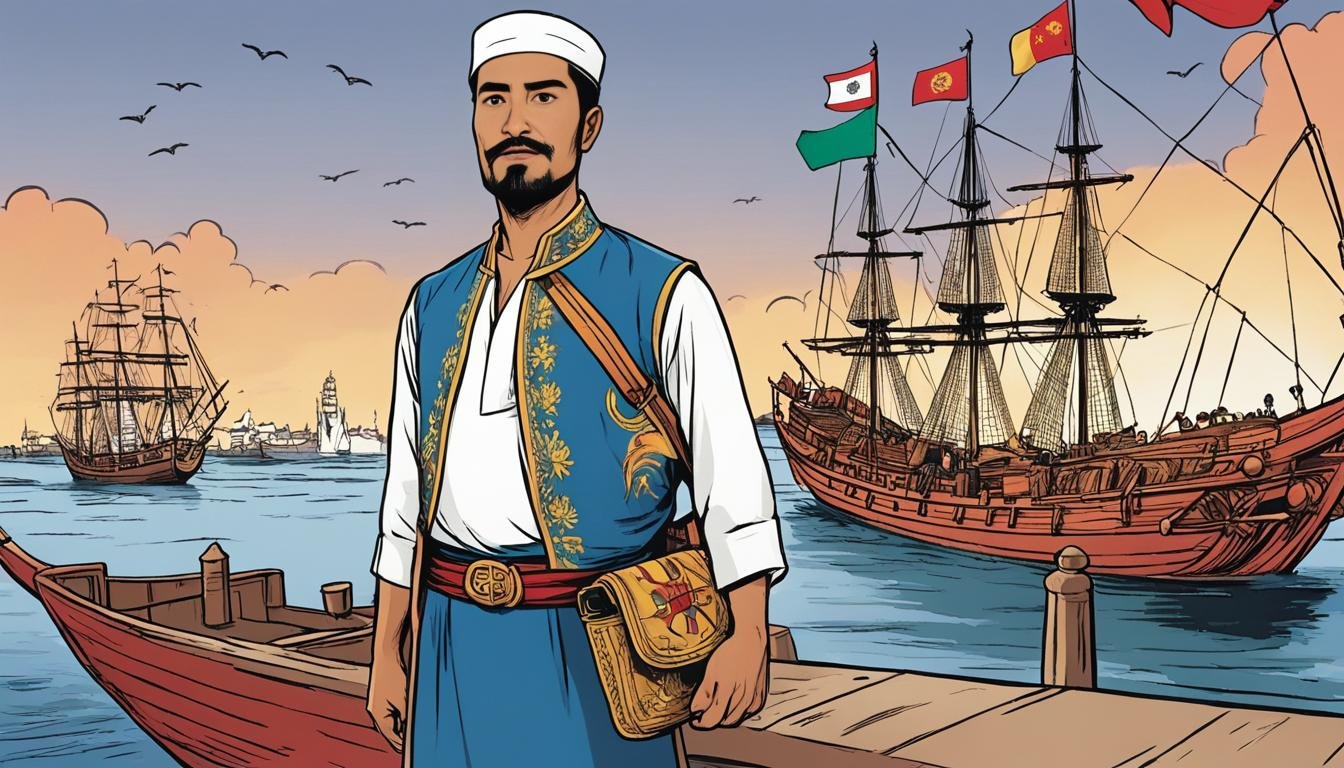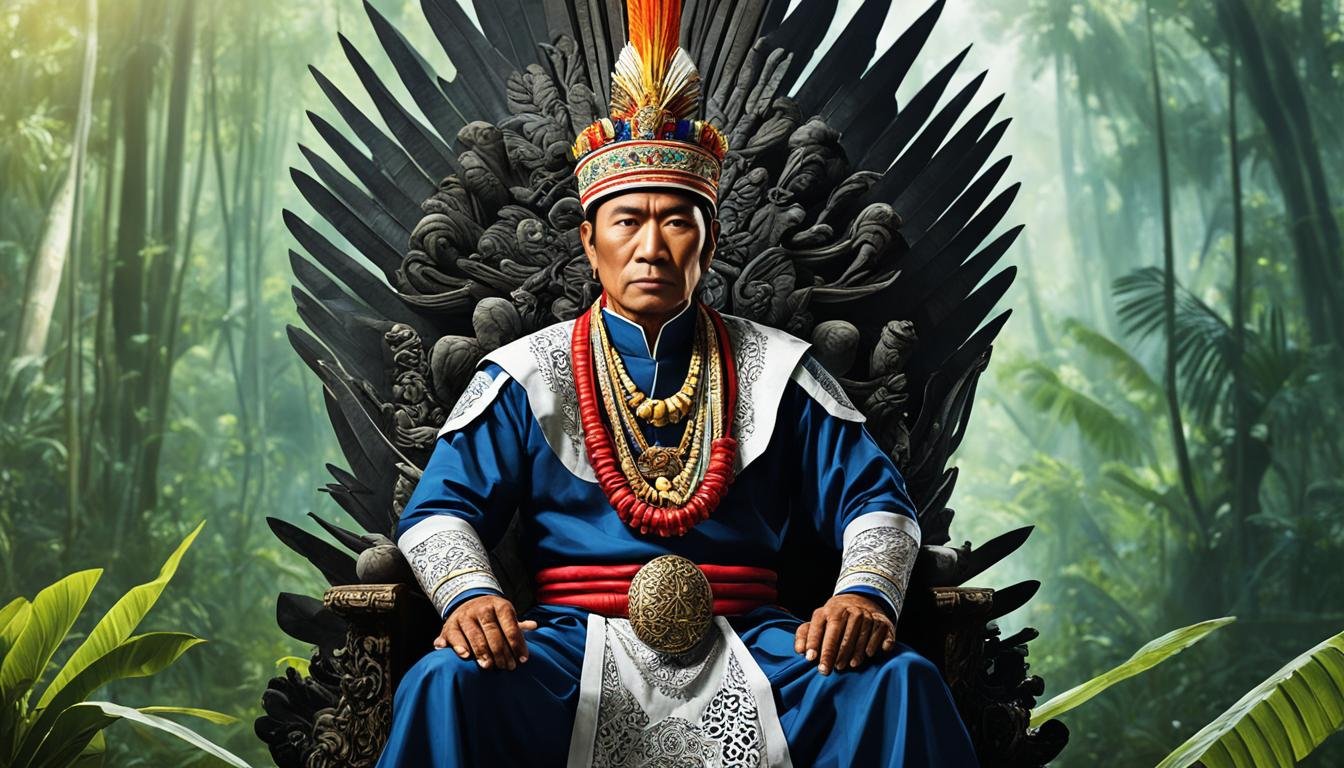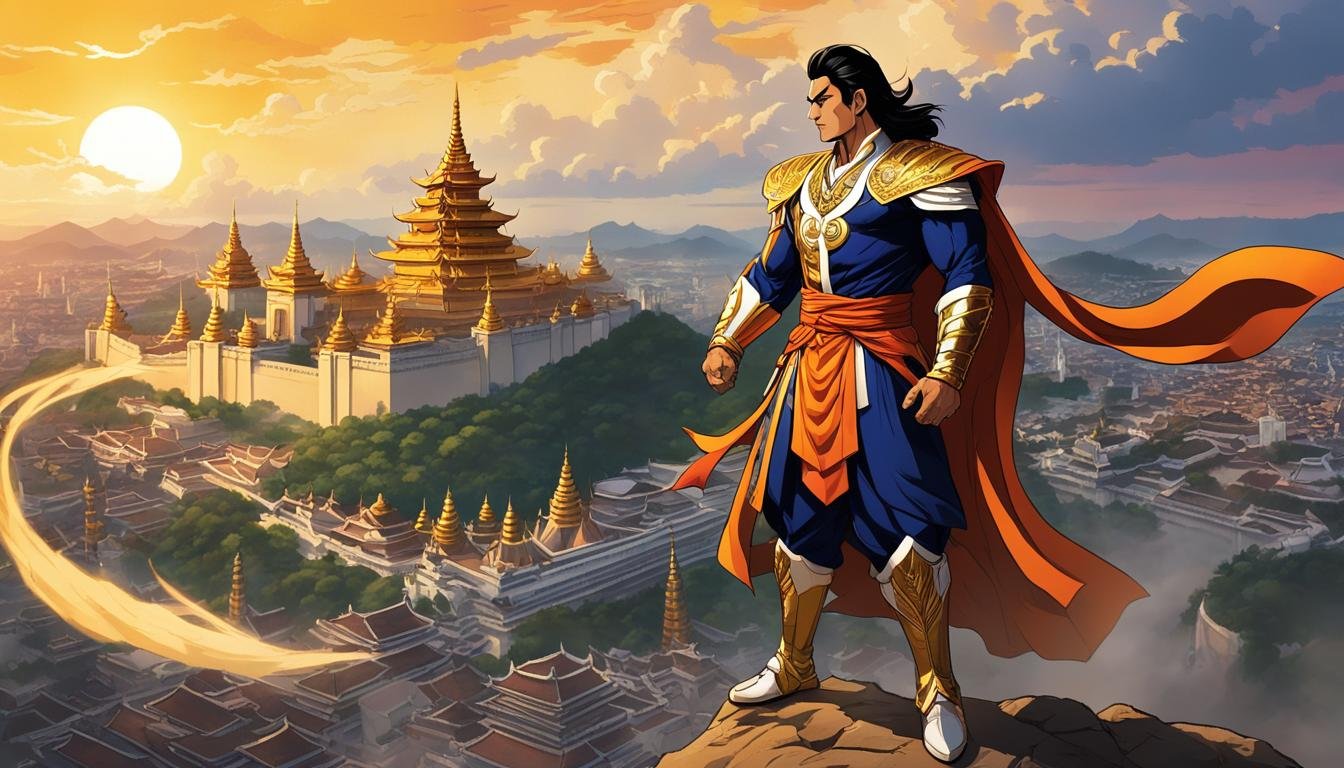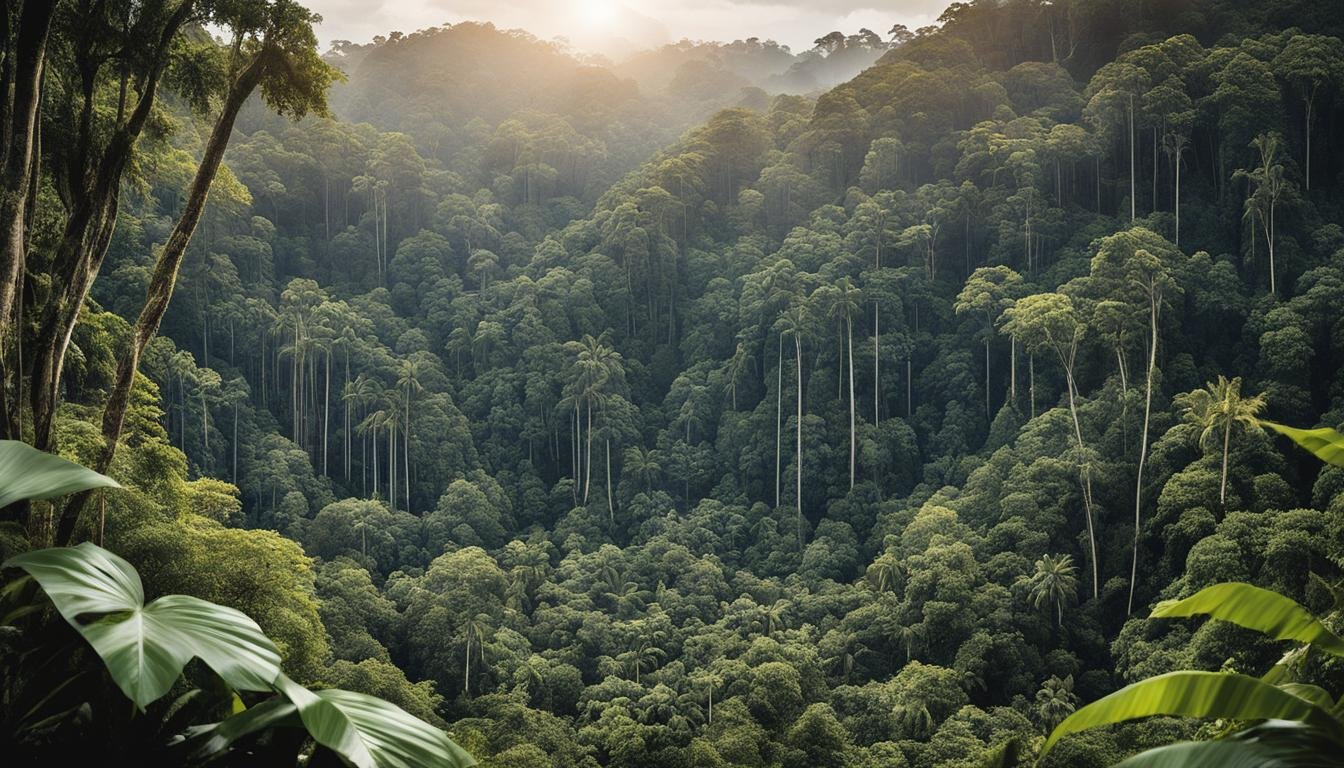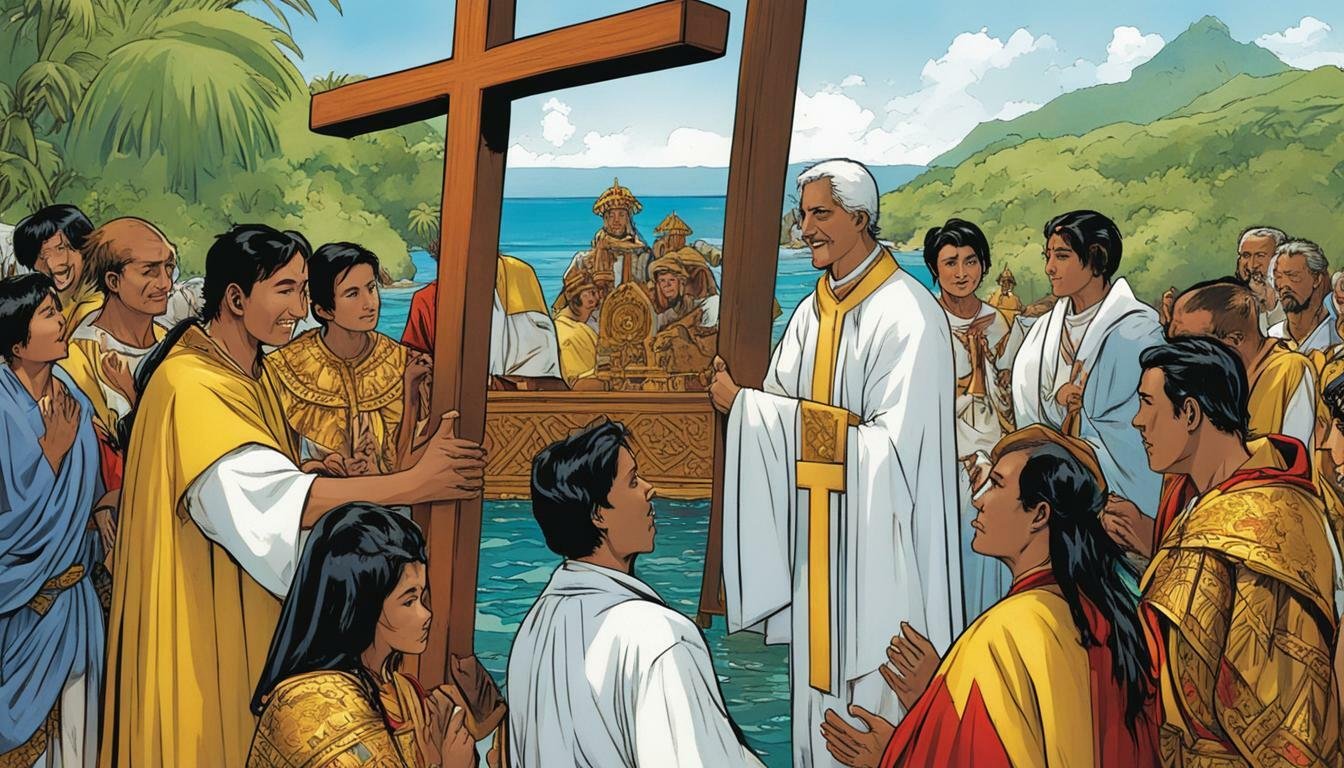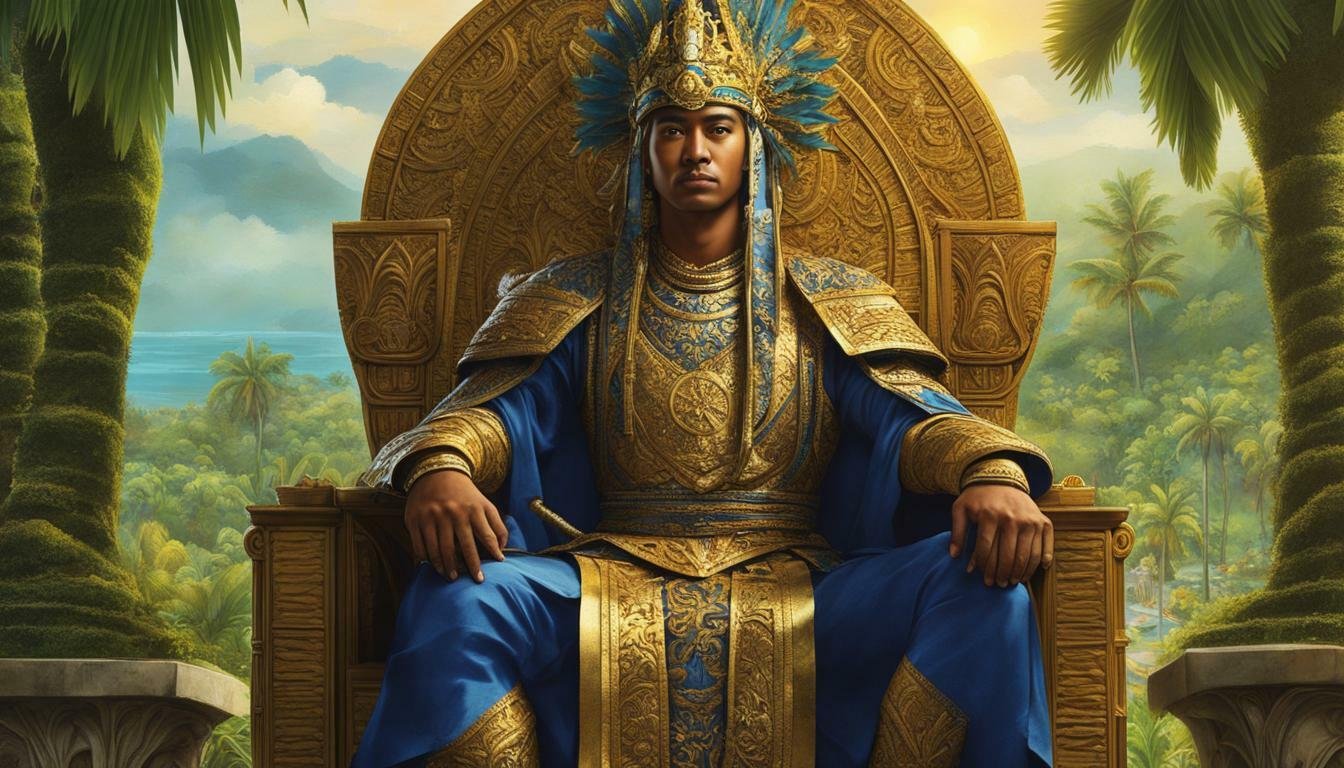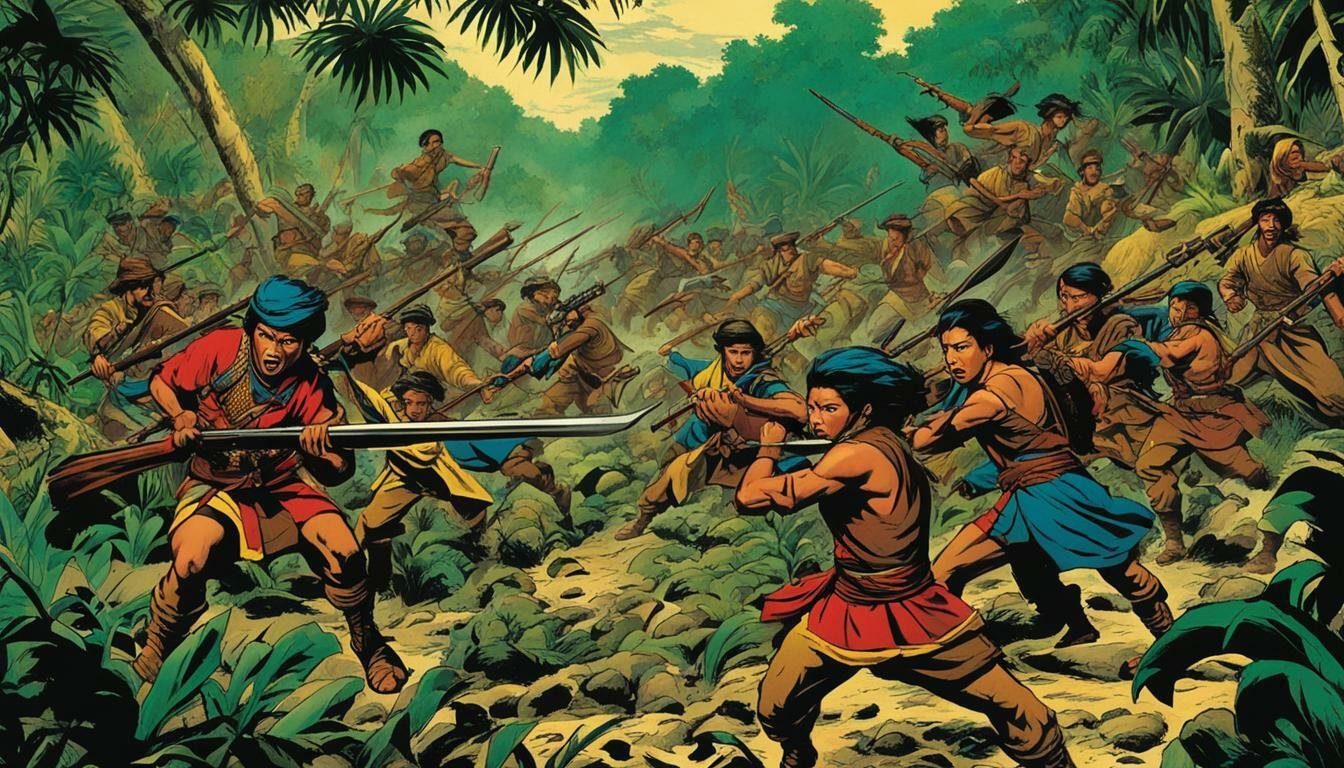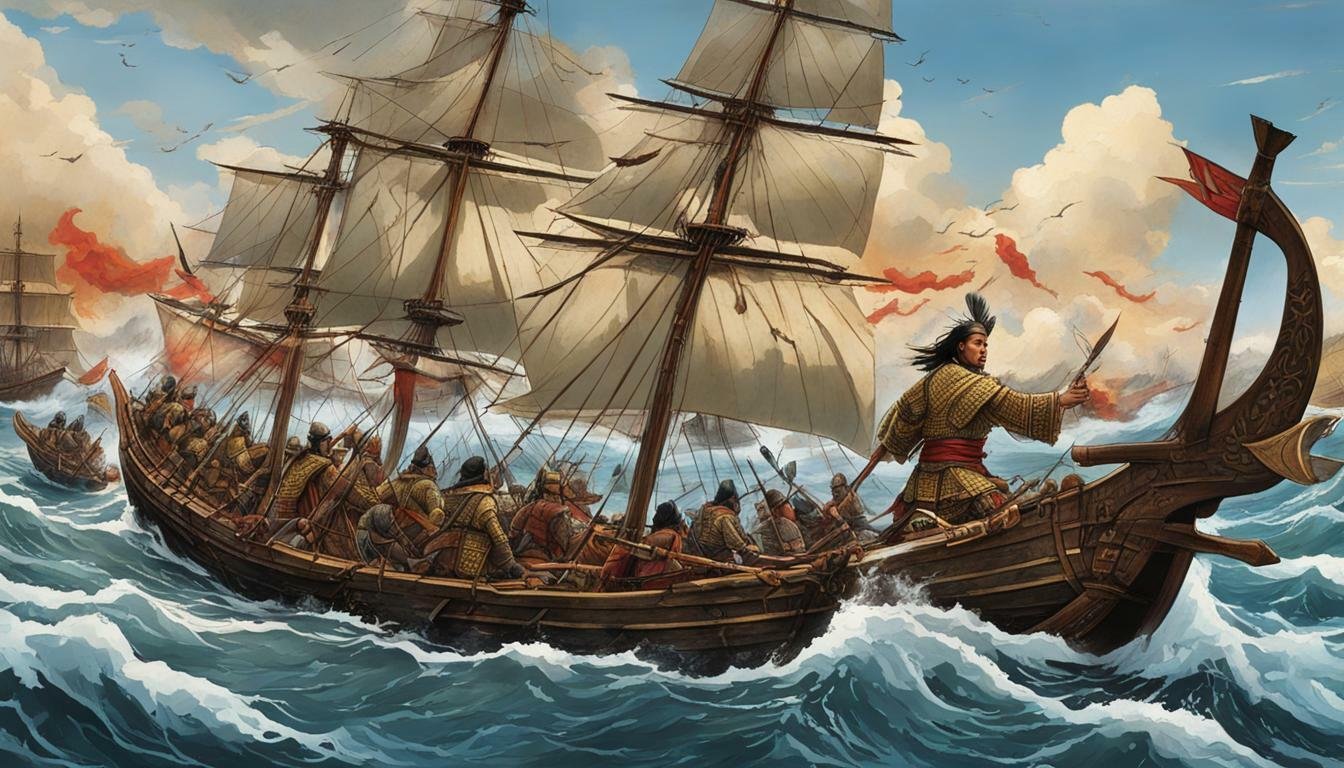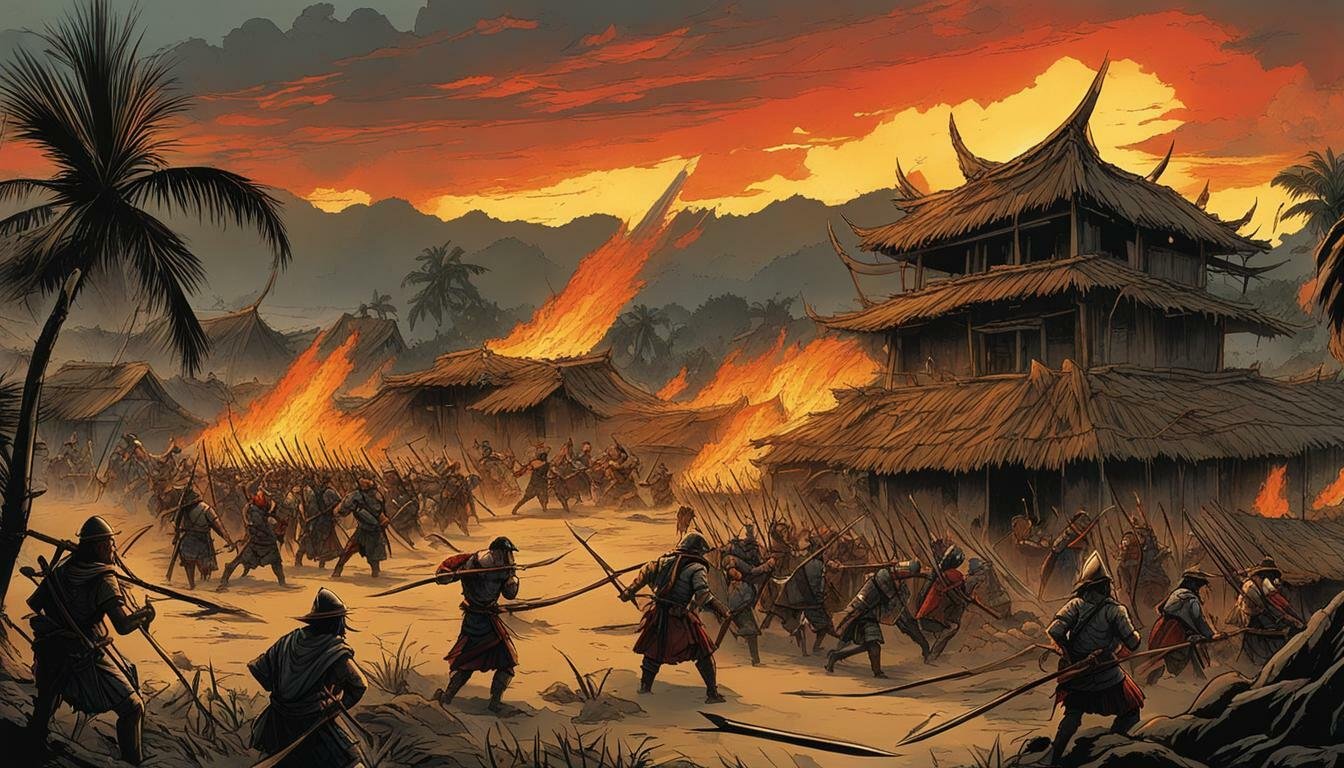The tapestry of Philippine history is rich with narratives, some woven from documented events, others from the vibrant threads of oral tradition and epic tales. Among the figures who bridge these realms is Datu Manduyog, a name deeply embedded in the lore of Aklan history. While his story is primarily chronicled within the pages of…
Pre-Colonial (900–1560)
Who is Enrique of Malacca?
The annals of the Age of Exploration are filled with tales of daring navigators, vast oceans, and the clash of cultures. Among the towering figures like Ferdinand Magellan, Vasco da Gama, and Christopher Columbus, there exists a more shadowy, yet profoundly significant, individual: Enrique of Malacca. Often referred to simply as “Enrique” or “Henrique,” he…
Datu Kabnayag: The Resilient Ruler of the Visayan Confederation of Madja-as
The tapestry of Philippine history is rich and complex, woven with threads of indigenous narratives, vibrant pre-colonial societies, and the profound impact of foreign encounters. Among the most compelling, yet often debated, stories is that of the Visayan Confederation of Madja-as, a polity said to have flourished in the island of Panay long before the…
Rajah Tupaz: A Hero of Colonial Resistance in Cebu’s History
The arrival of European powers in Southeast Asia in the 16th century marked a pivotal turning point, initiating centuries of profound transformation. For the archipelago that would become the Philippines, this era began decisively with the arrival of Ferdinand Magellan in 1521, though his visit was fleeting and ended tragically for him on the shores…
Datu Puti of Borneo
The narrative of Datu Puti of Borneo stands as one of the most enduring and evocative tales within the tapestry of Philippine pre-colonial history. As recounted primarily in the Maragtas, an important work compiling Visayan oral traditions, Datu Puti is portrayed as the leader of a group of ten Bornean datus who migrated to the…
The Conversion of the Cebuano People to Christianity
The arrival of Ferdinand Magellan in the archipelago that would later be named the Philippines in 1521 marked a pivotal turning point in the history of the Cebuano people and, indeed, in the broader narrative of Philippine history. While his expedition’s primary goal was to find a westward route to the Spice Islands, it inadvertently…
Who is Rajah Humabon of Cebu?
In the annals of Philippine history, few figures stand as enigmatically at a historical crossroads as Rajah Humabon of Cebu. His name is inextricably linked with a pivotal moment: the arrival of Ferdinand Magellan in 1521, an event that marked the first significant contact between the indigenous peoples of the archipelago and European explorers, setting…
Philippine Pre-Colonial Guerrilla Warfare
Long before the arrival of European colonizers, the islands that would eventually form the Pre-Colonial Philippines were home to diverse and dynamic societies. These indigenous communities, varying from small, independent barangays to larger, more complex sultanates, engaged in sophisticated forms of conflict, defense, and resistance. While the term “guerrilla warfare” is often associated with later…
Philippine Pre-Colonial Naval Warfare
Meta Description: Explore Philippine pre-colonial naval warfare: the ships like Balangay, Karakoa, Lanong, and Garay, the tactics, and the maritime power of indigenous peoples like Visayan Raiders and Moro Sultanates. Discover a rich history of seafaring and conflict before Spanish arrival. Focus Keywords: Philippine Pre-Colonial Naval Warfare Long before the arrival of European powers, the…
Philippine Pre-Colonial Scorched Earth Tactics
The history of the Pre-colonial Philippines is a rich tapestry woven from the practices, beliefs, and conflicts of diverse indigenous societies. Before the arrival of European colonizers, these islands were home to numerous communities, often organized into autonomous units known as Barangay, each led by a Datu or chieftain. Life was characterized by complex social…

